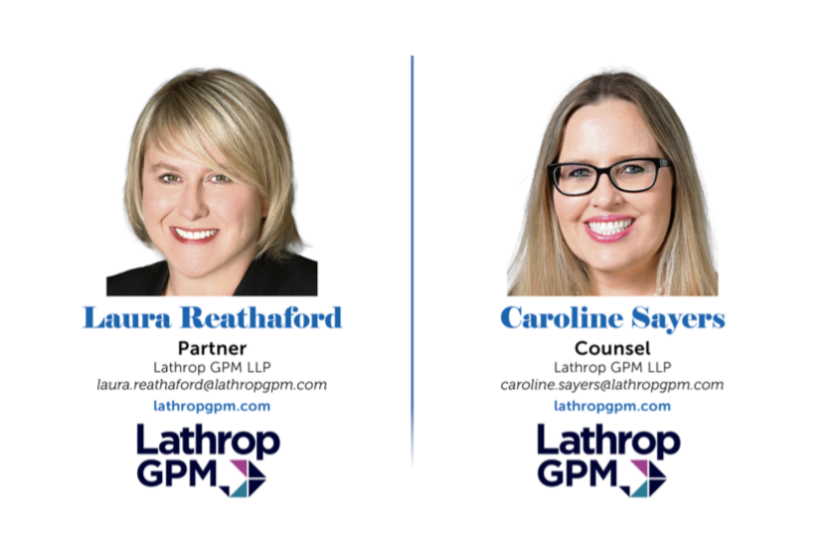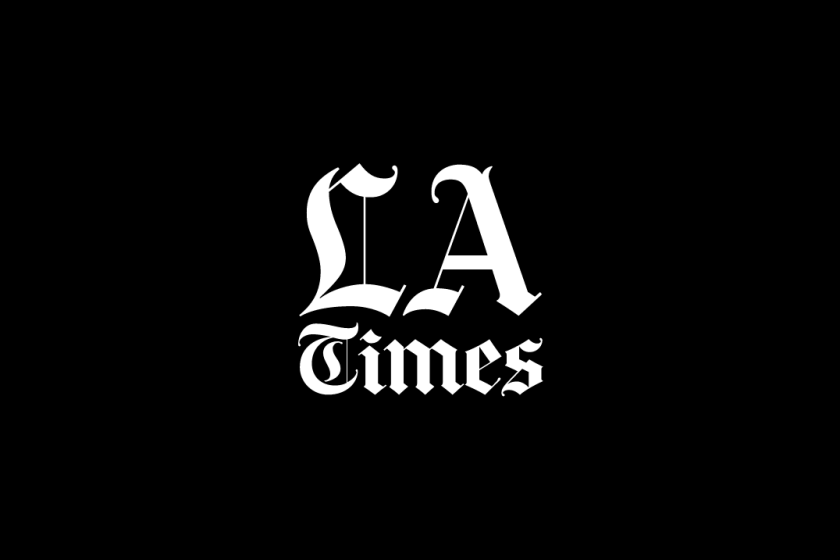Marsh McLennan Agency’s Brian Hegarty Shares What Businesses Need to Know About Employee Benefits in 2023
- Share via
This business advisory Q&A is produced by the L.A. Times B2B Publishing team in conjunction with Marsh McLennan Agency.
After the many unprecedented operational changes that businesses in virtually every sector had to make over the last three years, a whole new landscape has emerged in the realm of employee benefits.
Work-from-home and hybrid office trends, new technological advancements and workforce shortages in many industries have led to a new set of expectations, protocols and best practices when it comes to businesses determining the right benefits packages for their employees. What should C-suiters and HR professionals be focusing on in terms of new standards?
To take a closer look at the latest developments and trends in the business of employee benefits, we have turned to one of the region’s leading authorities, Brian Hegarty of Marsh McLennan Agency, who graciously weighed in for a discussion and shared insights.
Q: How has the employee benefits landscape changed as a result of the pandemic?
The pandemic accelerated the already-shifting needs of today’s workforce. Employees, today, expect more from their employee benefits experience especially as it relates to well-being benefits. Mental and behavioral health are becoming factors in employer’s offerings, with things like enhanced employee assistance programs, virtual therapy offerings, and more. Flexibility is also prominent as a priority for today’s workforce. Top talent is looking for companies that have some sort of flexible approach to remote work, such as hybrid work arrangements. A more dispersed workforce impacts the way in which we manage and administer benefits programs, with much of the communication being done virtually to reach remote or hybrid workers. We have also seen major changes in healthcare economics. High-cost claimants, increases in utilization, and employment trends will keep healthcare costs on the rise.
Q: What are some of the key elements an HR team should consider when negotiating insurance plans and benefits packages that will benefit both the employee and employer?
HR teams have a lot to consider when it comes to insurance plans and benefits packages. Having an insurance broker partner that can help you stay on top of the latest compliance requirements is crucial. While the main priority of HR teams is taking care of their people, protecting your bottom line amidst rising healthcare costs is extremely important. There are certain strategies you can consider such as captives or stop loss coverages that protect your organization and limit volatility. HR teams also want to consider how they can manage rising pharmacy costs. Marsh McLennan Agency offers Rx Solutions – data-driven solutions and ongoing program management to help employers maximize the terms of their pharmacy contract, for example. It’s also imperative to take a long-term approach to plan management. Retaining employees with methodical and well-rounded health benefits makes a lasting impact not only on the health of your employees but the health of your business. Having access to data such as employee risk, costs, and trends can be transformed into actionable insights that will drive potential solutions for your organization.
“Managing shifting employee expectations is a twofold endeavor: consistently communicating with your employees and ensuring you’re offering the benefits they’re looking for.”
— Brian Hegarty
Q: What are some best practices for companies seeking to recruit new talent?
In a highly competitive talent market, companies have to adapt and adopt practices that reflect what people really want out of work. More than ever, job seekers are looking for purpose and meaning in work. One-size-fits-all benefits programs are a thing of the past. Offering a broad range of health and voluntary benefits is a great way to demonstrate compassion and purpose, and to provide unique and thoughtful support for your employees and their families. Employers can consider a holistic approach to supporting mental health and well-being – spanning physical, emotional, financial, social and developmental support. Some of the things employers are offering in addition to the traditional medical benefits are hybrid or flexible work policies, fitness memberships, enhanced employee assistance programs, mental health days, paid parental leave and reproductive coverage, financial counseling, company retreats and events, paid volunteer time, business coaching, tuition assistance and more. Marsh McLennan Agency prioritizes finding straightforward, cost-effective ways to offer your employees the benefits they need. Managing shifting employee expectations is a twofold endeavor: consistently communicating with your employees and ensuring you’re offering the benefits they’re looking for.
Q: How important are employee mental health benefits in 2023?
Prioritizing well-being in policies and benefits is critical to developing the workplace resilience employers are seeking. According to a 2022 report by QBE, by 2040, it’s expected that 60% of healthcare spending will go toward improving health and wellbeing. Shifting the emphasis from a singular focus on physical health, companies are redefining their approach to wellness by prioritizing mental health as an essential element of total well-being. Well-being, also known as whole-person benefits, will continue to remain at the top of employees’ want lists. However, it is far from the only demand employees are making in 2022. Better defining and integrating what flexibility can look like is another key issue employers must continue to consider. Addressing employees’ emotional health and well-being will be core to building workplace resilience. Fortune recently noted that nearly 23% of employers have added new mental health benefits. According to a newly released Mercer survey analyzing health and benefits strategies for 2023, strategies for mental health incentives will continue and will now include a stronger focus on behavioral incentives as well. Studies are showing that providing these types of incentives has significant benefits for both the employer and the employee.
Q: How has the practice of human resources benefited from technological innovations and advancements?
Effective employee communication meets employees where they are. It’s likely that your workforce and your workplace are evolving to include remote or hybrid work options. According to a 2020 Mercer Global survey, 54% of employers plan to accelerate digital channels to reach employees. In our work with clients, we support open enrollment webinars, setting up benefit administration technology platforms, open enrollment videos customized to your company and employees, digital benefits guides, web-based decision-making tools and more. Virtual and mobile benefits communications give your employees convenience without sacrificing quality. Apps can be hugely helpful. MMA’s iNGAGED app gives employees their benefits information on the go. Having customized digital platforms and helpful technology tools takes the stress out of your benefits administration process so you can focus on more important tasks. If you are interested in exploring solutions like this, don’t hesitate to reach out.



